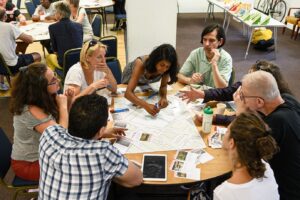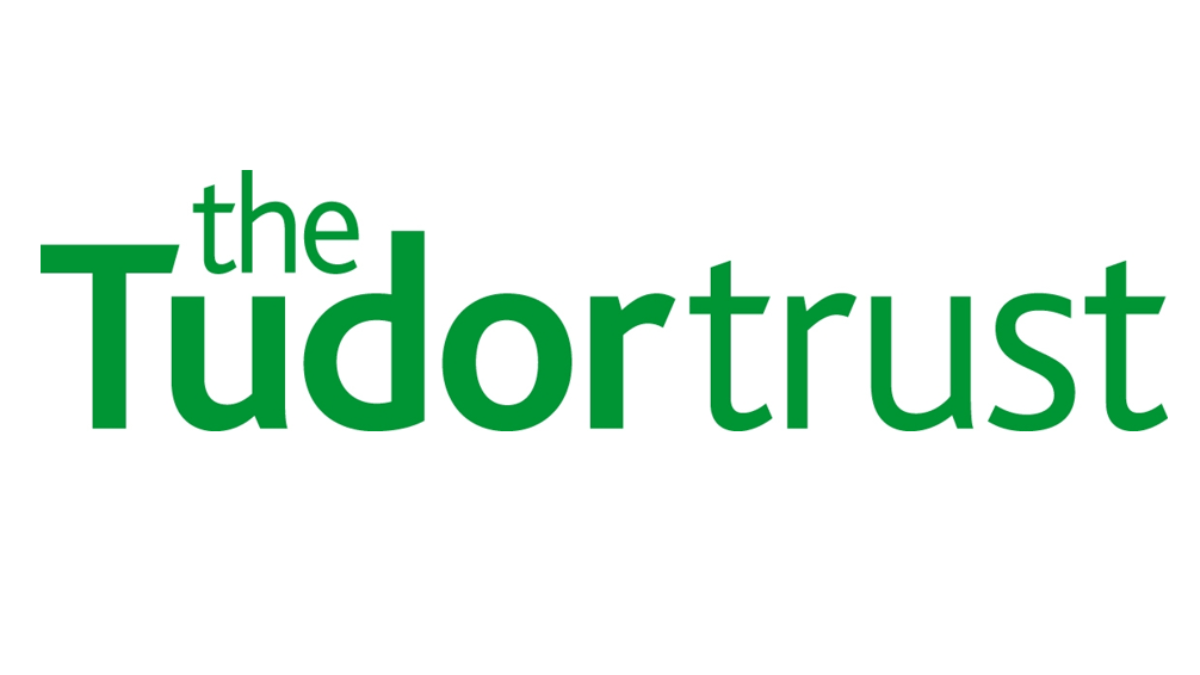Aims
CP4H’s aim is to ensure that this unique development opportunity meets community priorities for social housing and community facilities, including the Women’s Building, to be developed in environmentally sustainable ways.
More specifically CP4H’s role is to facilitate community engagement, promoting processes of dialogue, representing the range of organisations and groups that share these aims. CP4H is committed to operating as inclusively as possible, proactively engaging the widest possible range of community interests, with a particular focus on those whose voices have been less effectively voiced and heard so far.
CP4H aims to represent all of the communities and groups who have a stake in how the Holloway site is developed. It is a collaborative project working to form a coalition around our common goals. Everyone’s voice is valid and no one group or community alone has the final say.
The following principles stem from these aims.
1) CP4H is committed to being open and inclusive, actively welcoming individuals and groups within the overall framework of CP4H’s aims, as set out above. This commitment applies to all our working groups.
2) In all meetings and in on-line communications we treat each other with mutual respect, actively listening to each other, engaging in processes of constructive dialogue, enabling all voices to be heard.
3) We listen to different views respectfully, whilst working to reach agreement by consensus wherever possible. But this is without prejudice to organisations’ and groups’ rights to express different views and to take different approaches, as long as this is done under their own names, not under CP4H’s name.
4) In order to operate with maximum inclusivity and transparency, the agendas and minutes of meetings are to be available via Basecamp and our website
5) There is no place for discriminatory attitudes or behaviours within CP4H, whether based upon ethnicity, age, gender, sexuality, ability, religion, political affiliation or social class or any other criteria.
CP4H’s Structure
CP4H’s decision making body is made up of eight trustees, representing different interests within the borough and beyond (taking account of wider geographical interest in the Women’s Building in particular). The trustees are committed to working with maximum transparency and democratic accountability with regular public meetings (as far as this is currently possible, taking account of the restrictions of the lockdown) between our annual general meetings. We are working towards charitable status for the longer term.
In order to operate with maximum inclusivity and transparency, the agendas and minutes of trustee meetings are to be available via Basecamp. Working groups can propose items for these agendas and attend meetings to discuss specific items.
Working Groups
There are currently five working groups: Architecture & Planning; Environment & Sustainability; the Women’s Building; Social Housing Tenants and Cohousing. Further working groups may be needed and we welcome suggestions.
These working groups operate on the same principles as the trustees, as outlined above. In addition:
a) Each working group is open to any person who wishes to join it. All members participate on an equal footing and the working groups have no leaders. Members take it in turns to facilitate/chair meetings.
b) The date, time and venue of each working group meeting needs to be posted a week in advance on the CP4H website and the CP4H basecamp. Venues need to ensure that they are not excluding anyone who might wish to attend (eg. public houses, venues that are not accessible)
c) The minutes of each Working Group meeting need to be posted on the CP4H Basecamp within a week of the meeting taking place.
d) External communications need to be agreed by the trustees if these communications are being presented as the views of CP4H overall.




